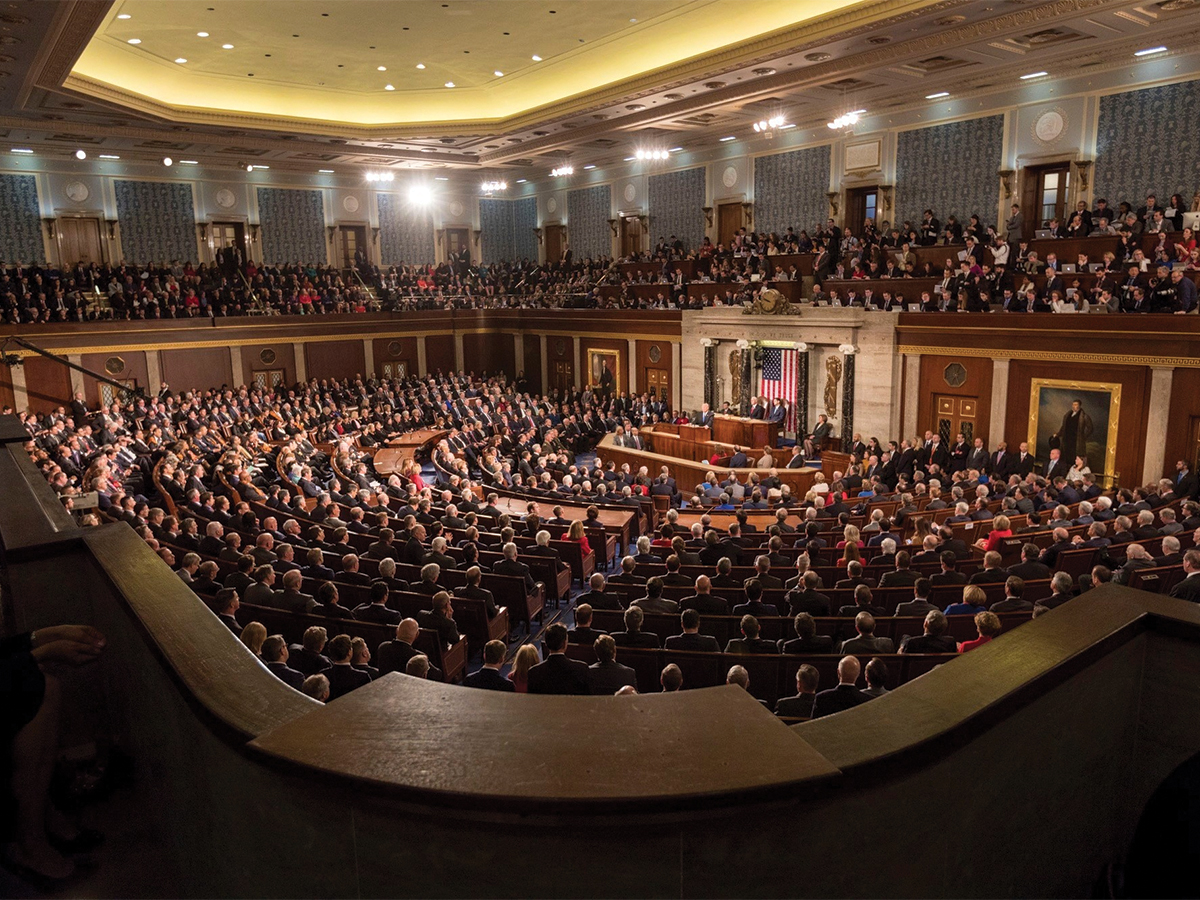As far as I know, Midterm 2018 election night might not be remembered by many people due to the pace of the news cycle, but I remember it all too well. The early results were in, and they were not looking great. The Democratic Party could not flip a long-coveted seat in Kentucky-06, the infamous needle kept swinging to eventually become a 1 in 2 chance, and it looked likely that we were on the verge of allowing a Republican Senate to hold on, and even expand. But, as results kept coming in, the results kept getting better, contrary to the media, the punditry and people so rash to make a fast hot-take for the most clicks. Evidence clearly shows that this past election was in fact, yet another wave election, with more in common to 2010 and 2006, than a year like 2002 or 1998.
The first elephant in the room to discuss is that the Democratic Party, picked up north of 40 seats on the Federal level. That in itself is not an insignificant number, if we take a long look at the historical trend lines and data points that can connect us to this historic achievement. Firstly, the last midterm election for the Democratic Party with “wave” results was in 2006, fully 12 years ago, and that itself was considered a wave because they only picked up a comparatively anemic 29 seats. In fact, according to the data, this is the highest pickup total since 1974, the midterm after the largest modern political scandal in American history, Watergate.
Another point detractors tend to make to counter the assertion of a wave is that the Democratic Party lost ground, rather than making ground, in the U.S. Senate. That claim, while true, does not look at how historically bad this map was for the Democrats. According to the data journalist Nate Silver at FiveThirtyEight, this was the single worst U.S. Senate map for the opposition party since direct elections were allotted by the 18th Amendment. Another thing that makes this claim difficult to assert is that, while four incumbent senators from the opposing party did lose, Democrats did elect two new Senators, including Kyrsten Sinema, the first Democrat from Arizona in over 30 years, as well as Jacky Rosen by a six-point margin in the swing state of Nevada. This indicates that it was not quite the blowout loss the punditry attempted to make it out to be.
Another important note, the Democrats had to defend ten seats in states the President carried two years earlier, and what was even more unique was that in five of them (North Dakota, West Virginia, Missouri, Montana and Indiana), the President won by more than 15 points. And yet, in West Virginia, for example, incumbent senator Joe Manchin’s election ran 45 points ahead of the last Democrat to run statewide two years ago, resulting in a 3.2% victory. In addition, 27 of the 33 democratic candidates up for re-election in the Senate outperformed polling website FiveThirtyEight’s partisan lean trackings, an impressive achievement in itself.
A final counterpoint to lay to rest the punditry. It is true that the Democrats did end up losing in Texas, Georgia and Florida. But we have to understand that the fact these states were competitive in the first place is an impressive achievement. Take the Democratic posterboy, Beto O’Rourke, a otherwise little-known El-Paso area congressman taking on incumbent Senate titan Ted Cruz. He actually overperformed the polls, and accumulated a total of nearly 4.1 million votes, the highest for a Democrat in the history of the state, including presidential elections. And in the case of Florida, we must understand that the state, while a swing state, had a superior turnout operation in rural areas by Republicans, in addition to a myriad of other factors, such as delayed or ineffectual outreach on behalf of Senator Bill Nelson to Hispanic voters.
This election, by any objective standard, was indeed a wave, and a historic one indeed. Instead of trying to assert the fastest hot-take, maybe we can all be wiser by instead taking a closer look at the data and having a more sobered, nuanced outlook. An outlook that understands that maybe the election night punditry and rush to the fastest hot-take might obscure, rather than make clear what kind of America we all woke up to.








